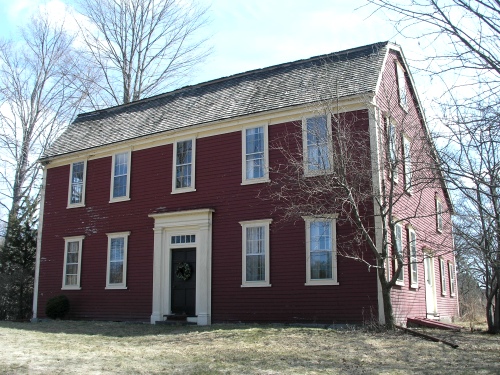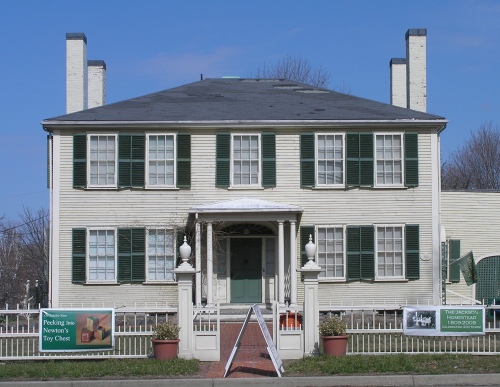Durant-Kenrick House (1732)

One of Newton’s few surviving pre-Revolutionary War houses is the Durant-Kenrick House on Waverly Avenue. Built in 1732 by Capt. Edward Durant, the house was constructed on land which had once been the Praying Indian Village of Nonantum, established in 1646 by Rev. John Eliot of Roxbury as the first Christian Indian community in British North America. In 1790, the Durant House and farm were acquired by John Kenrick, an abolitionist and noted horticulturist who started a commercial nursery in the 1790s. After his death, one son, William Kenrick, inherited the nursery, while another, John A. Kenrick, inherited the family homestead. William Kenrick, a founding member of the Massachusetts Horticultural Society, was even more influential than his father, authoring two important works: The New American Orchadist (1833) and The American Silk Grower’s Guide (1835). The Newton Historical Society and the Newton History Museum are seeking to acquire a the Homestead and the remaining open space on the property.
